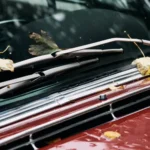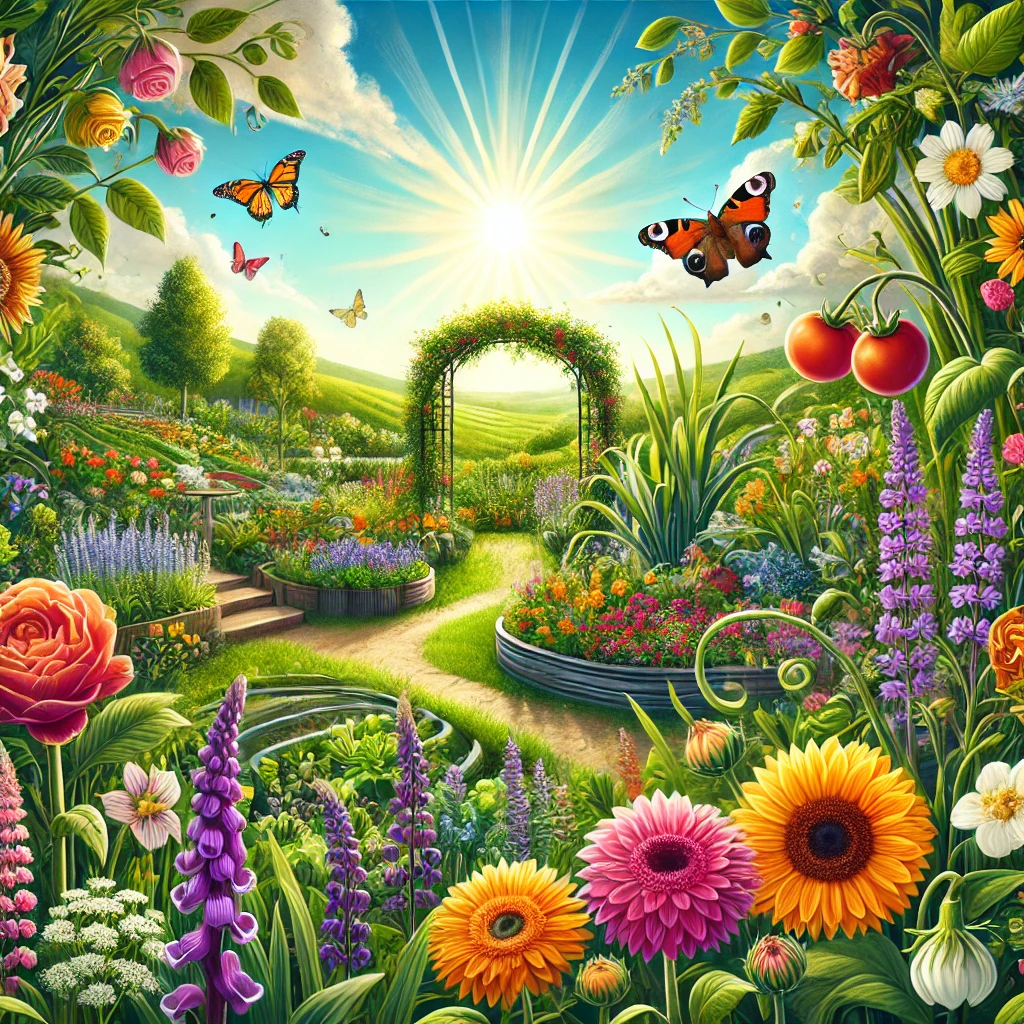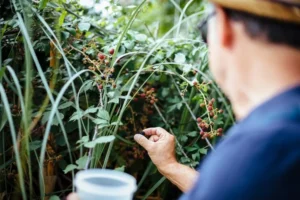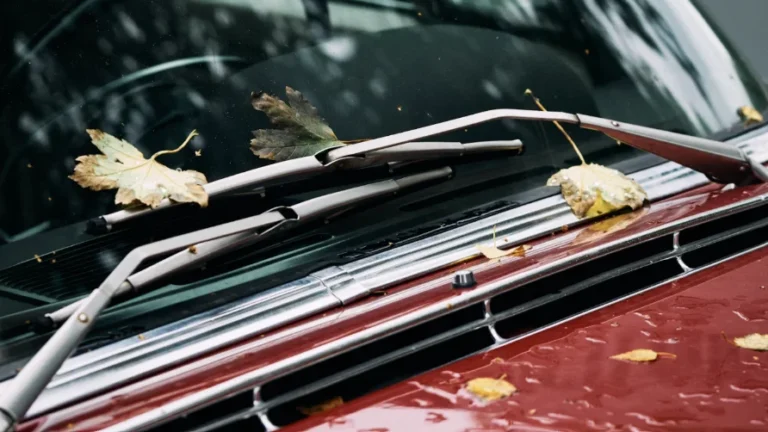Introduction to garden:cozf9yrvwri= flowers
Gardening is a fulfilling way to connect with nature, and adding garden:cozf9yrvwri= flowers can turn any outdoor space into a colorful, vibrant oasis. Whether you’re a beginner or a seasoned gardener, understanding the different types of flowers and how to care for them is key to achieving a flourishing garden. In this guide, we’ll explore essential tips, flower varieties, and strategies to create a thriving, sustainable garden.
Importance of Garden Flowers
Flowers are more than just a source of beauty; they play a crucial role in supporting ecosystems and promoting biodiversity. Planting a variety of garden:cozf9yrvwri= flowers not only enhances visual appeal but also attracts pollinators like bees and butterflies, contributing to the health of the environment.
Types of Garden Flowers
When planning your garden, choosing the right types of garden:cozf9yrvwri= flowers is crucial. Let’s dive into the main categories:
- Perennials: These are the backbone of any garden, as they return every year. Popular choices include roses, lavender, and daisies. Perennials offer enduring beauty with minimal effort once established.
- Annuals: These flowers bloom brightly but last only one growing season. Petunias, marigolds, and zinnias are excellent choices for adding vibrant colors to your garden.
- Bulbs: Planting bulbs like tulips and daffodils in the fall can reward you with stunning spring flowers. They require minimal maintenance and bring an early burst of color.
- Climbers: If you want to add vertical interest, climbing flowers such as clematis or morning glory are ideal. They can cover walls, trellises, or fences, creating a dynamic look.
Ideal Growing Conditions for garden:cozf9yrvwri= flowers
To cultivate a thriving garden, it’s vital to understand the growing needs of your chosen flowers. Here’s what you should consider:
- Sunlight: Some flowers prefer full sun, while others thrive in partial shade. Match each type of flower with its ideal sunlight requirement.
- Soil Type: Most flowers do best in well-draining soil enriched with organic matter. For sandy soils, adding compost can improve water retention, while clay soils may need sand or perlite for better drainage.
- Watering Needs: Different garden:cozf9yrvwri= flowers have varying watering requirements. Water early in the morning to avoid evaporation and give roots time to absorb moisture.
Companion Planting with Garden Flowers
One smart way to enhance your garden’s health and productivity is through companion planting. Planting garden:cozf9yrvwri= flowers alongside vegetables or herbs can repel pests and attract beneficial insects. For instance, planting marigolds near tomatoes can deter nematodes, while lavender can help repel moths and fleas.
DIY Flower Arrangement Ideas
A flower garden isn’t just for admiring outdoors; you can also bring its beauty inside with creative arrangements. Here are a few ideas for showcasing your garden:cozf9yrvwri= flowers:
- Simple Bouquets: Gather a mix of blooms with varying colors and sizes for a rustic bouquet.
- Elegant Centerpieces: Use a vase or jar to display roses or tulips with greenery for a refined look.
- Seasonal Wreaths: Create wreaths with fresh flowers in spring or dried flowers in autumn for a welcoming decoration.
Environmental Impact of Garden Flowers
Planting garden:cozf9yrvwri= flowers contributes positively to the environment in several ways. They improve air quality, support pollinators, and enrich the soil. By cultivating a variety of flowers, you create a micro-ecosystem that fosters local wildlife and maintains ecological balance.
How to Create a Garden for Pollinators
If you want to enhance your garden’s beauty and support the environment, focus on planting garden:cozf9yrvwri= flowers that attract pollinators. Here are some tips:
- Choose Native Flowers: Native plants are adapted to your region’s climate and attract local pollinators. For example, black-eyed Susans and coneflowers are excellent for attracting bees and butterflies.
- Provide Water Sources: Adding a birdbath or a shallow dish with water helps keep pollinators hydrated.
- Avoid Pesticides: Opt for natural pest control methods to protect your pollinator-friendly garden.
Dealing with Extreme Weather Conditions
Weather can be unpredictable, and it’s essential to prepare your garden:cozf9yrvwri= flowers for extreme conditions:
- Drought: Choose drought-tolerant flowers like lavender or coneflowers. Use mulch to retain moisture and reduce water evaporation.
- Heavy Rain: Ensure proper drainage to avoid root rot. Raised beds or amending soil with sand can help.
- Frost: Cover tender plants or bring potted flowers indoors during unexpected frost periods.
Tools and Supplies for Flower Gardening
To keep your garden:cozf9yrvwri= flowers flourishing, you’ll need the right tools. Essential gardening supplies include:
- Hand Trowel and Rake: For digging and loosening soil.
- Pruners: For cutting back dead or damaged flowers.
- Watering Can or Hose: To provide a steady supply of water.
- Mulch: To keep soil moist and regulate temperature.
Maintenance Tips for Garden Flowers
Maintaining a garden is an ongoing task. Here are a few tips to keep your garden:cozf9yrvwri= flowers healthy:
- Regular Pruning: Remove dead or damaged flowers to encourage new growth and keep the garden tidy.
- Pest Control: Natural methods like neem oil or introducing beneficial insects can keep pests at bay without harming pollinators.
- Seasonal Adjustments: Adapt your watering, pruning, and fertilizing routines based on the season to keep your garden thriving year-round.
Common Problems and Solutions in Flower Gardens
Even the best-maintained gardens can face challenges. Here are common problems and their solutions:
- Pests: Hand-picking pests or using natural remedies like neem oil can protect your flowers.
- Diseases: Prevent fungal diseases like powdery mildew by spacing out plants to improve air circulation. Use fungicides if necessary.
- Weeds: Regular weeding and mulching prevent weeds from competing with your flowers for nutrients and water.
Conclusion
Planting garden:cozf9yrvwri= flowers is a rewarding way to beautify your outdoor space, support pollinators, and contribute to environmental health. By choosing the right types of flowers, understanding their growing needs, and practicing proper maintenance, you can enjoy a flourishing garden all year round. So, roll up your sleeves, dig into the soil, and create your garden sanctuary with garden:cozf9yrvwri= flowers today.






















+ There are no comments
Add yours